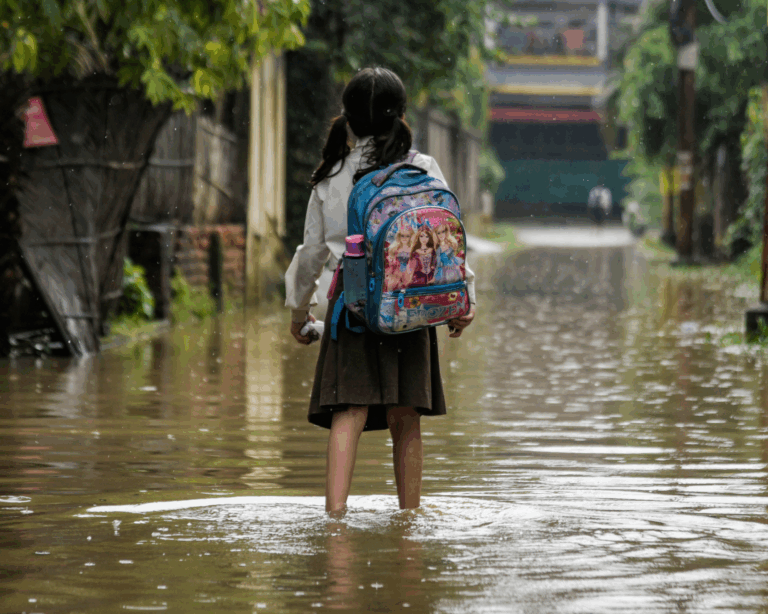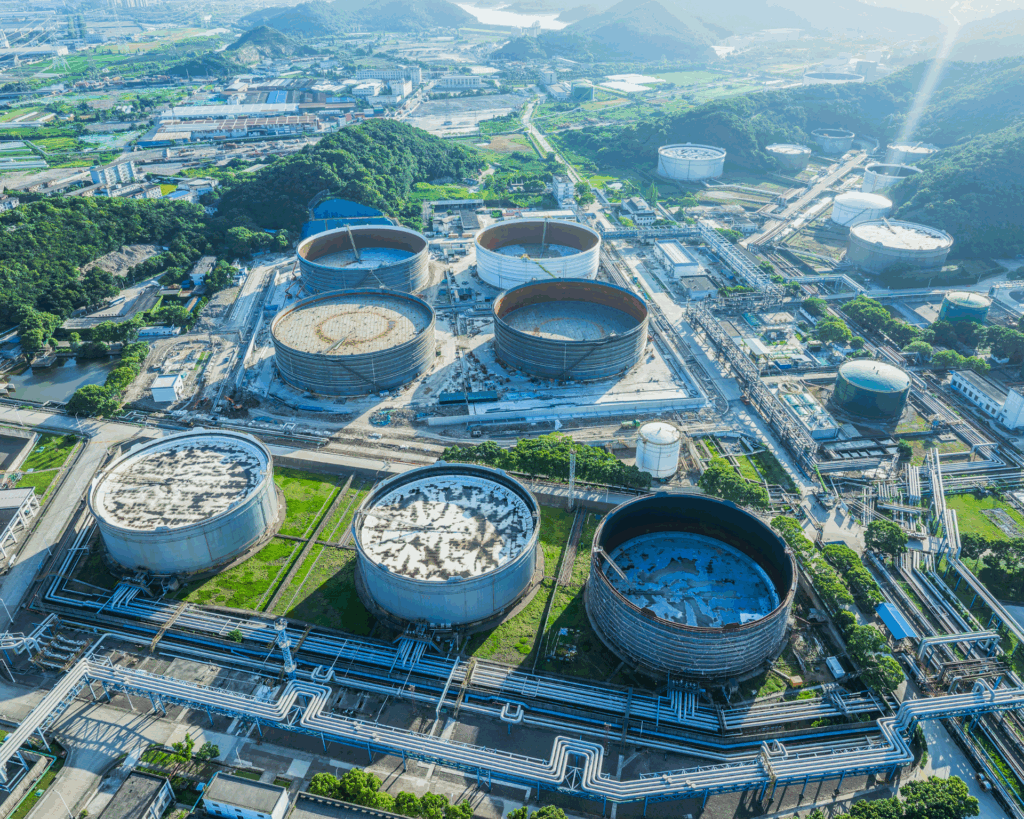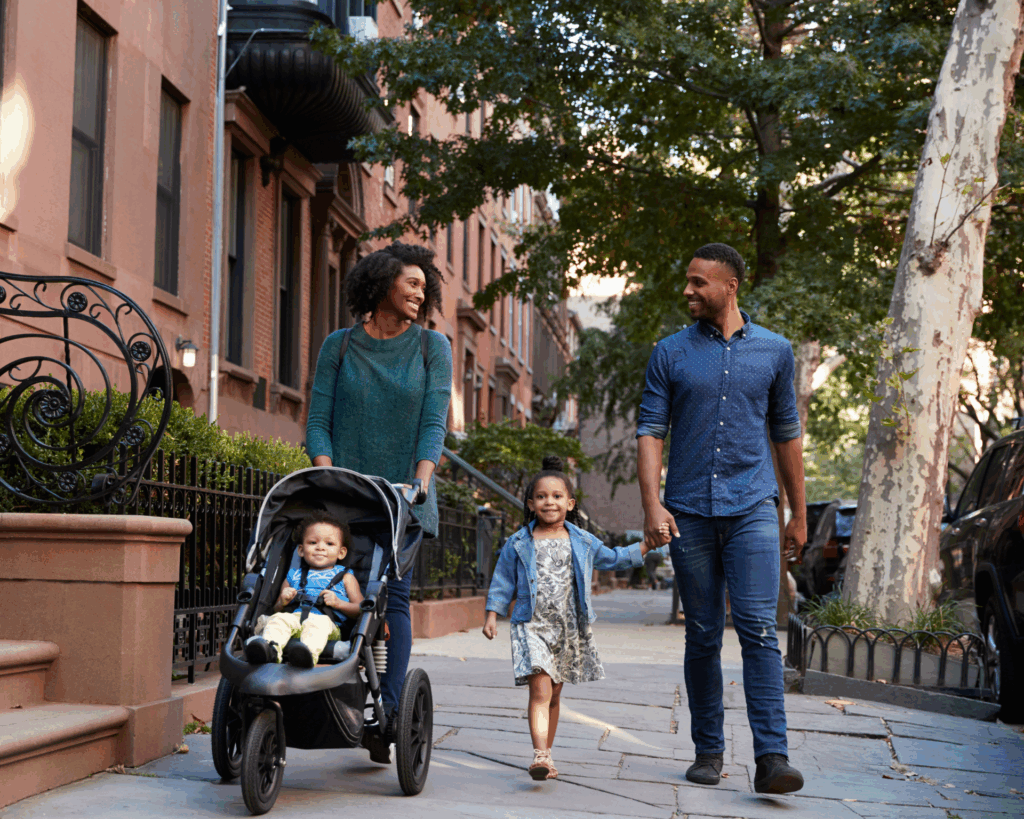Climate Change and Mental Health: Who Is Hit Hardest and Why?
More than 85% of the mental and physical health burden of climate change falls on children under the age of five.

Read Time: 4 minutes
Published:
Climate change is a top public health concern. High-income countries represent the top 1% greenhouse gas emitters and produce over 1,000 times more greenhouse gases than the lowest emitters, which are low-income countries. But the burden of the resulting climate change is largely experienced by the latter due to a lack of resources to address harmful effects. While the damage caused by climate change on children’s physical health has been receiving increasing attention, its deep impact on children’s mental health is less well known. Sadly, children in the developing world and those belonging to under-resourced and marginalized communities in the developed world are affected the most.
In our recent paper, published in the Journal of the American Academy of Child and Adolescent Psychiatry, we ask: What are the mental health burdens of climate change, who is most vulnerable, and why?
Why This Matters
Rising temperatures, poor air quality, and more frequent disasters do not affect everyone equally. In fact, they fall hardest on people already facing profound barriers to health and stability. This includes children. More than 85% of the health burden of climate change falls on kids under five, a staggering imbalance that extends beyond bodies to minds. Because their bodies are still growing, infants and young children are less able to handle extreme heat, smoke, polluted air, and polluted water. Children take in more air, food, and water relative to their body size. They are also more dependent on the adults around them and more sensitive to disastrous events that disrupt the normal course of childhood. Families and children living with poverty, racism, unstable housing, or disability are at an even greater risk.
Climate change is not just an environmental crisis. It’s also a public health equity crisis, with children at the center.
Our Work – A Biopsychosociocultural Lens
Our paper uses a biopsychosociocultural approach to understand and recommend helpful treatments for this complicated issue. The physical, biological effects of climate change-induced threats like extreme heat or air pollution directly impact brain health. In terms of psychological effects, youth are particularly sensitive to climate anxiety or distress, grief over the loss of natural spaces, and trauma after disasters. The social realm captures how adversities like loss of familiar school routines, caregiver distress, and housing instability worsen youth mental health. Lastly, the cultural layer highlights how families face these challenges through community strengths, supports, resilience, and how stigma can impact one’s ability to seek care.
Altogether, this framework demonstrates that climate-related mental health inequities are rooted in societal systems, rather than chance. Children already hit by inequalities in one or more areas are often hit first and hardest.
Our recommendations are as follows:
Biological: Health care practitioners should check whether kids are being exposed to environmental stressors. They should teach families simple steps for staying cool, hydrated, and safe during hot weather, especially for those on medications that alter the body’s sweating response. Parents and schools can also help by focusing on helping kids stay healthy, preparing for disasters, and reducing exposure to poor quality air and other environmental risks.
Psychological: Adults can support kids by naming and validating their anxieties, helping them practice emotional processing skills, and empowering them to transform their concern into positive environmental actions.
Social: Schools and public health systems can work with food banks, social services, and clean energy programs to make sure families’ basic needs are met both before and after disasters.
Cultural: Listening to youth voices, uplifting community leaders, and honoring Indigenous traditions can make responses to climate change more just and effective.
Takeaways
Our framework highlights a clear lesson: solutions must extend beyond the traditional health care setting. Therapy and medication, while important, will never be enough if children return to overheated classrooms, smoke-filled neighborhoods, housing without air conditioning, communities without green spaces, homes deprived of basic social needs, or a stigmatizing health system. Addressing the climate’s mental health burden requires collaboration and upstream, comprehensive, multi-system change.
Here are four takeaways:
- Disparities follow patterns. They are not random. Children already burdened by poverty, racism, or disability are hit the hardest.
- Systems matter as much as symptoms. Protecting mental health means cooling schools, stabilizing housing, and supporting caregivers, which represent deeper-rooted problems, not just addressing symptoms.
- Prevention should be built into our response. For example, schools can serve as resilience hubs, with shade, clean air, and peer support that reduce both exposure and distress.
- Culture shapes care. Public health programs need to increase climate awareness, recognize community narratives, and reduce stigma that keeps families from seeking help.
Each of these points underscores that climate change is not just an environmental crisis. It’s also a public health equity crisis, with children at the center.




